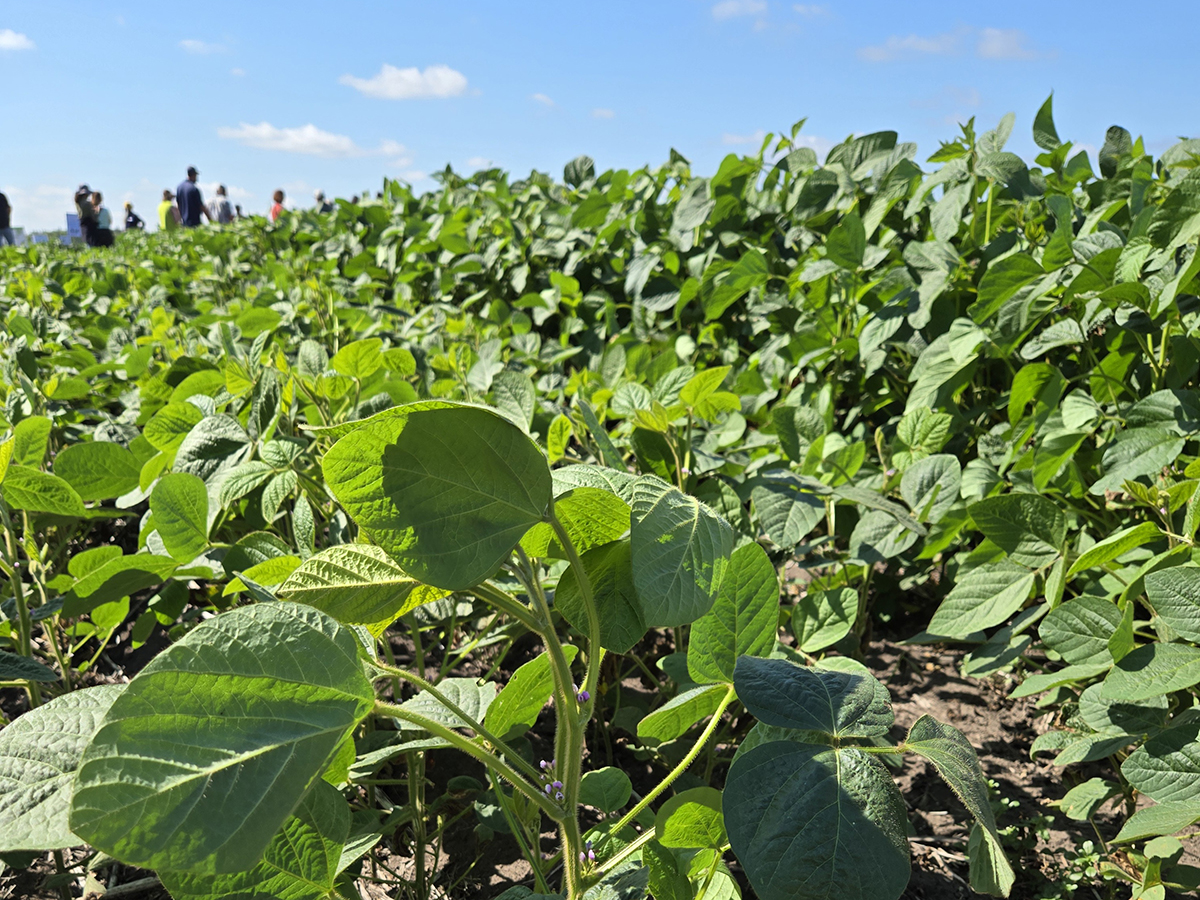Exports are the key to saving the struggling North American meat industry, said the head of one of the world’s leading beef and pork processors.
Meat demand in North America is flat but growth is expected in markets like Russia and northern Asia, said Wesley Batista, chief executive officer of the Brazilian based packer JBS SA.
“We believe these markets will grow in beef demand but in mature markets like United States, Europe and Japan, we think it is a challenge to keep demand growing,” he told a panel discussion at the National Cattlemen’s Beef Association convention Jan. 28 in San Antonio, Texas.
Read Also

Spider mites big soybean problem this season
Spider mite issues have been geographically limited but significant where they occur, said John Gavloski, an entomologist with Manitoba Agriculture.
Lately, the global recession and disputes over food safety have suppressed international orders for all protein products.
“Exports are a key component to improve our industry condition. We already are in our seventh year of the BSE issue in the United States and we still face a lot of restrictions,” Batista said.
Trade opportunities in the 1990s encouraged Canada’s pork and beef industries to expand beyond North America to become international players. But when market disruptions occurred, there was a scramble to find customers or accept bargain basement prices and herd liquidations.
Canada doubled its pork exports to 1.09 million tonnes by 2008 from about 473,000 tonnes in 1998 by developing markets outside the U.S.
The beef herd also expanded based on promises of export nirvana. Some questioned whether rapid growth between 1986 and 2002 was sustainable. When markets closed in 2003 due to BSE, the industry learned a hard lesson on what it means to be so reliant on exports. Exports peaked at 521,467 tonnes in 2002, the year before BSE, fell to 324,000 tonnes in 2003 and have yet to fully recover.
“The industry was dependent on exports and, as long as it maintains market access and maintains a quality beef herd, it should be able to continue. As the world climbs out of recession and more consumers have more disposable income, demand should be better,” said Canfax in a recent study.
Market access problems associated with BSE and prices that do not cover costs have caused Canadian producers to scale back herds. Inventories will continue falling before stabilizing in 2011 or 2012 but only if the economy and consumer demand strengthens enough to support calf prices in light of higher input costs, Canfax said.
Beef exports in 2009 were down from the previous year, mostly because of reduced shipments to the recession-wracked United States, but there was optimism because key offshore markets bought more.
For 2009, the Canada Beef Export Federation reported 98 percent more exports to Japan. Taiwan was 64 percent better and Russia was up 111 percent. The plan is to lower Canada’s dependence on the U.S.
“More than 100 percent of future growth will come from non-U.S.A. exports,” said a CBEF release.
It forecasts total exports should grow to 450,000 tonnes in 2020 from 414,000 tonnes in 2009. Offshore exports will grow to 35 percent of total exports in 2020 from 15.5 percent now. The U.S. share will remain significant at 65 percent.















